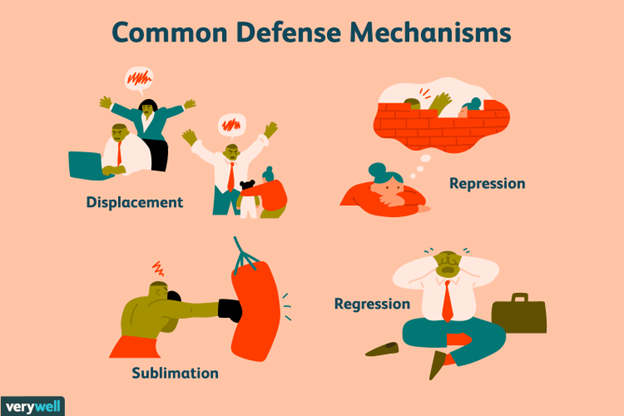A nurse is preparing to administer levothyroxine 50 micrograms to a client. Available is levothyroxine 0.025 mg/tablet. How many tablets should the nurse administer per dose?
(Round to the nearest whole number. Use a leading zero if it applies. Do not use a trailing zero.)
The Correct Answer is ["2"]
To calculate how many tablets of levothyroxine the nurse should administer, we'll need to convert the dose to the same unit as the available tablets. Here's the step-by-step process:
Convert the desired dose to milligrams (mg): 50 micrograms (mcg) = 50 / 1000 mg (since 1 mg = 1000 mcg) 50 mcg = 0.05 mg
Now, find out how many tablets of 0.025 mg each are required to achieve the desired dose: Number of tablets = Desired dose (in mg) / Tablet strength (in mg) Number of tablets = 0.05 mg / 0.025 mg Number of tablets = 2 tablets
Therefore, the nurse should administer 2 tablets per dose.
Nursing Test Bank
Naxlex Comprehensive Predictor Exams
Related Questions
Correct Answer is C
Explanation
A. The LPN and AP lower the side rails before lifting the client up in bed is incorrect. This is a safe practice that prevents injury to the client and staff by providing more space for movement and reducing the risk of falling.
B. Prior to lifting the client, the LPN and AP raise the bed to waist level is incorrect. This is a safe practice that prevents injury to the client and staff by reducing the need for bending and lifting.
C. The LPN and the AP grasp the client under his arms to lift him up in bed is correct. This is an unsafe practice that can cause injury to the client's shoulders, neck, and axillae by applying excessive pressure and friction. The LPN and AP should use a draw sheet or a mechanical lift device to move the client up in bed.
D. The LPN and the AP ask the client to flex his knees and push his heels into the bed as they lift is incorrect. This is a safe practice that encourages active participation from the client and reduces the workload for the staff by using leverage.
Correct Answer is B
Explanation
A. This choice is incorrect because forgetting to buy a gift is not an example of dissociation, but rather a sign of poor memory or lack of attention.
B. This choice is correct because describing the abuse as if it happened to someone else is an example of dissociation, which is a defense mechanism that involves separating oneself from painful or traumatic experiences.
C. This choice is incorrect because being verbally assertive is not an example of dissociation, but rather a personality trait or a coping skill.
D. This choice is incorrect because blaming the boss for not getting a promotion is not an example of dissociation, but rather a sign of external locus of control or rationalization.

Whether you are a student looking to ace your exams or a practicing nurse seeking to enhance your expertise , our nursing education contents will empower you with the confidence and competence to make a difference in the lives of patients and become a respected leader in the healthcare field.
Visit Naxlex, invest in your future and unlock endless possibilities with our unparalleled nursing education contents today
Report Wrong Answer on the Current Question
Do you disagree with the answer? If yes, what is your expected answer? Explain.
Kindly be descriptive with the issue you are facing.
